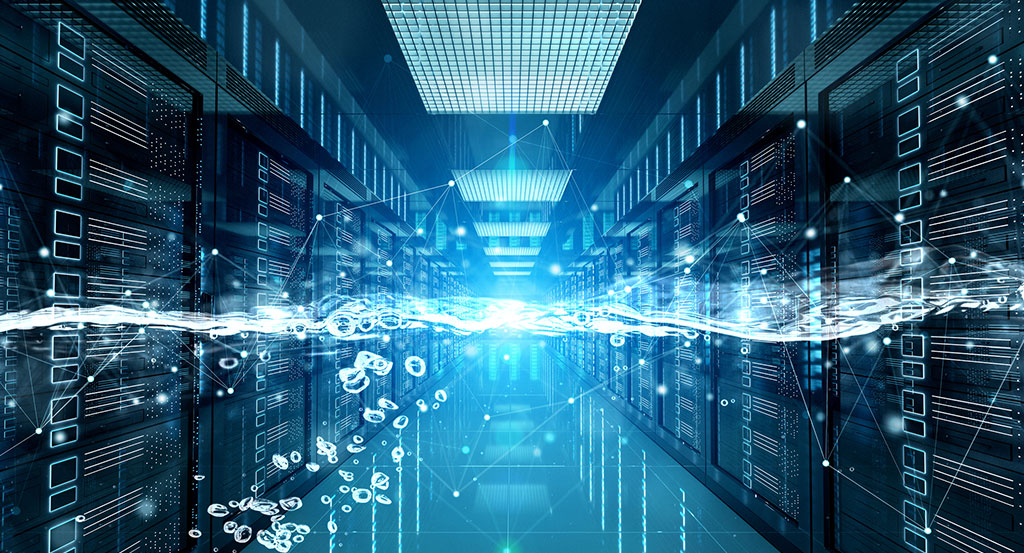Introduction
As data centers grow in size and computing power, the need for efficient cooling solutions becomes more critical. Traditional air cooling systems struggle to keep up with the heat generated by high-performance servers. Liquid cooling for data centers emerging as an advanced, energy-efficient alternative that can significantly enhance thermal management while reducing operational costs.
What is Liquid Cooling?
Liquid cooling is a method of dissipating heat from computer hardware using liquids instead of air. It involves circulating coolant through pipes or direct contact cooling systems to absorb and transfer heat away from components like CPUs, GPUs, and power supplies.
Types of Liquid Cooling Systems in Data Centers
-
Direct-to-Chip (D2C) Cooling
- Uses cold plates attached directly to CPUs and GPUs.
- Liquid circulates through these plates to remove heat efficiently.
-
Immersion Cooling
- Entire servers are submerged in a non-conductive dielectric fluid that absorbs heat.
- This method offers superior cooling efficiency with minimal energy use.
-
Rear Door Heat Exchangers (RDHx)
- A heat exchanger is attached to the back of a server rack.
- Hot air from the servers passes through the exchanger, where liquid absorbs the heat before being cycled out.
Benefits of Liquid Cooling for Data Centers
✅ Higher Energy Efficiency
- Liquid cooling reduces energy consumption by eliminating or reducing the need for traditional air conditioning.
- Some data centers report up to 40% energy savings compared to air cooling.
✅ Improved Cooling Performance
- Liquids conduct heat up to 1,000 times better than air, leading to faster and more effective cooling.
- Helps maintain optimal server performance under high loads.
✅ Space-Saving Solution
- Reduces the need for large air-conditioning units and fans.
- Enables higher server density, allowing more computing power in the same space.
✅ Lower Maintenance Costs
- Fewer moving parts mean less wear and tear, leading to lower maintenance and repair costs.
- Extends the lifespan of IT equipment by preventing overheating.
✅ Environmentally Friendly
- Reduces carbon footprint by lowering overall power consumption.
- Some liquid cooling systems use recycled or renewable cooling fluids.
Challenges and Considerations
Initial Investment Costs
- Installing a liquid cooling system requires higher upfront costs than traditional air cooling.
- However, long-term energy savings often offset initial expenses.
System Complexity
- Requires specialized maintenance and training for IT staff.
- Leak management and fluid quality control are essential for optimal operation.
Compatibility Issues
- Not all data center hardware is designed for liquid cooling, requiring customization or upgrades.
Future of Liquid Cooling in Data Centers
As AI, cloud computing, and high-performance computing (HPC) demand continue to grow, liquid cooling is expected to become the industry standard. Many tech giants, including Google, Microsoft, and Facebook, are already implementing liquid cooling to improve energy efficiency and reduce environmental impact.
Conclusion
Liquid cooling for data centers efficiency by offering superior cooling, lower energy consumption, and enhanced hardware performance. While it comes with initial challenges, its long-term benefits make it an essential solution for next-generation data centers.
Would you like recommendations on liquid cooling products or custom solutions for your data center? Let me know! 💧💻

